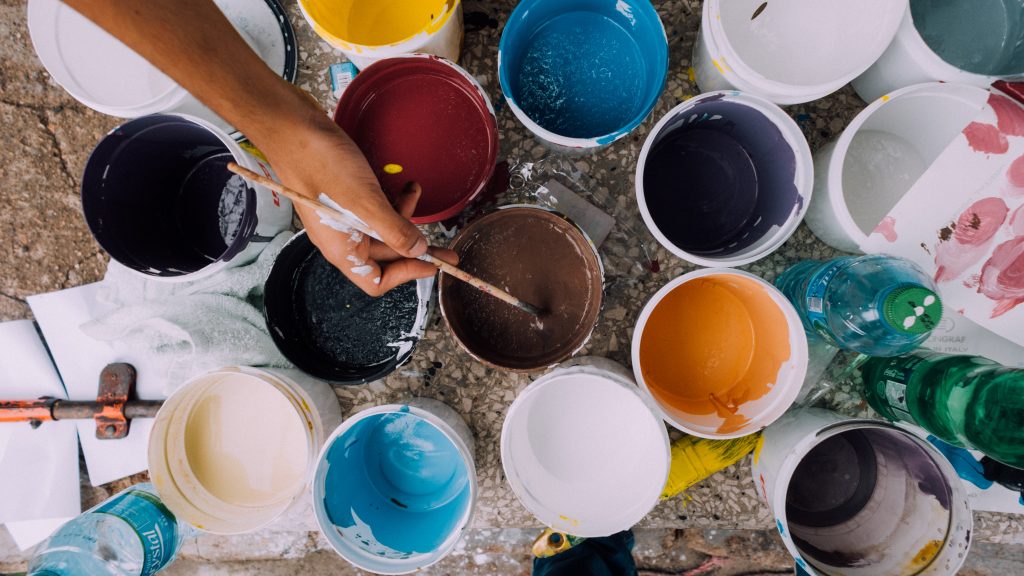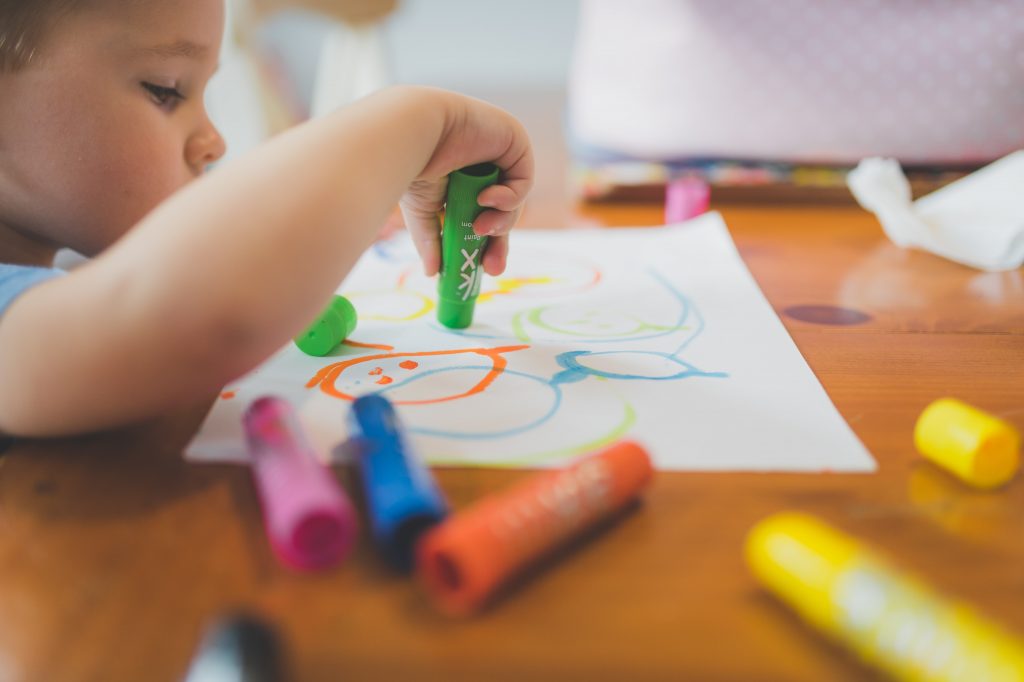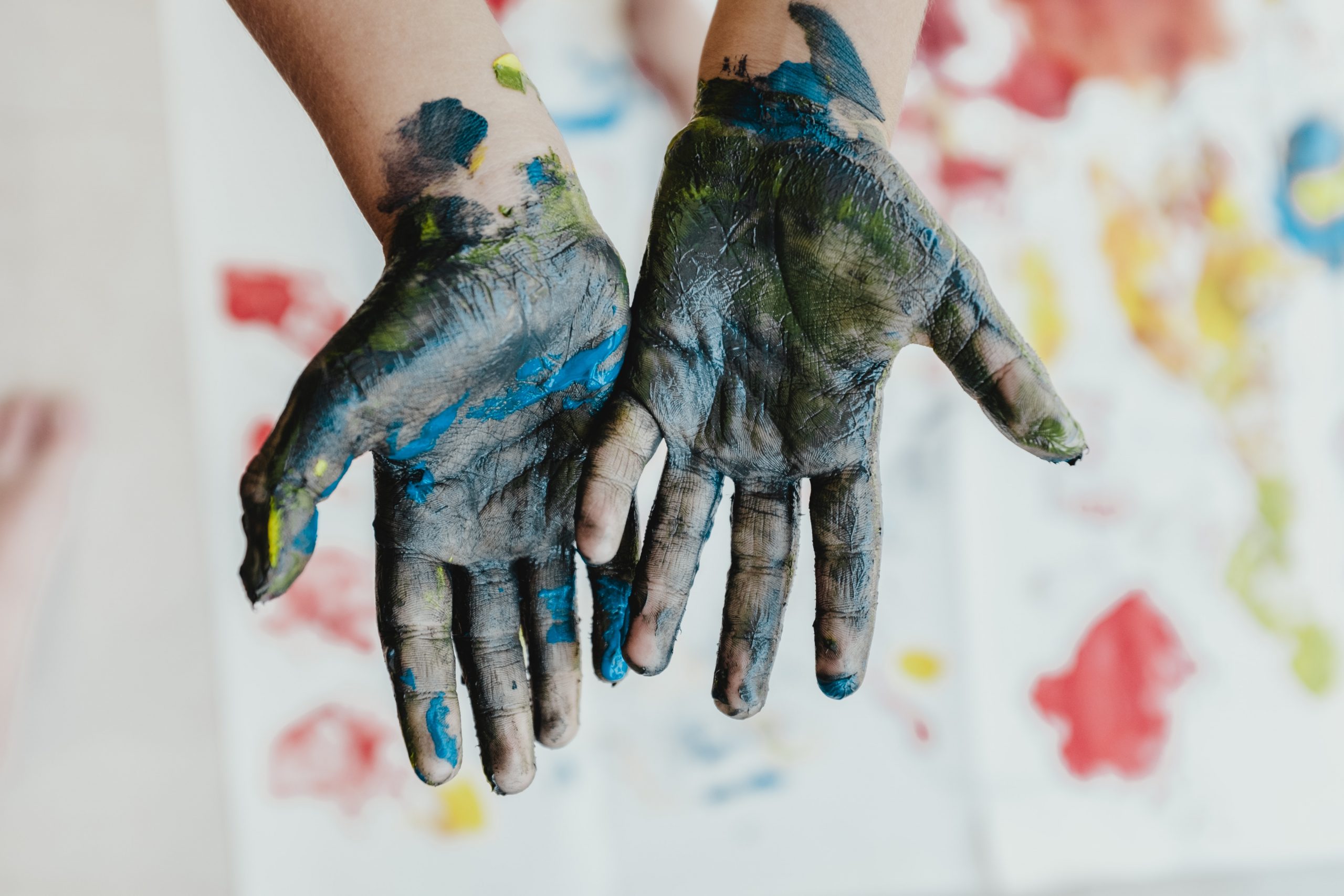Arts in education play a very important role. Apart from providing kids with a much-needed break from regular academics, art has gone on to prove its significance in the curriculum in various ways. In its different forms, including theatre, fine arts, filmmaking, music, and others, art has proven to help kids learn and develop important life skills. It is fun, engaging, and helps young and older students in stimulating parts of their brains that are responsible for emotional impulses. Here are the different ways in which art plays a significant role in education.
HELPS IN BOOSTING CREATIVITY
The most important role played by art in education is the boost in creativity it provides to students. Who said you only need creative thinking if you’re an artist? Almost every job requires innovative, outside-the-box thinking and creativity. To get better at academics, learning, or even training, one needs to practice creative thinking. Art can motivate a student to be more comfortable in expressing creativity and exploring different ideas. It also helps students express themselves more clearly. Thinking creatively is the key to growth.
IMPROVES OVERALL ACADEMIC PERFORMANCE
As we’ve mentioned before, art not only contributes to creativity in the artistic field, but also in other spheres of life. For a student, this mainly entails other subjects like science and math, languages, and more. The skills taught by practicing art regularly, like decision-making, communication, innovation, and creativity, can contribute to the way a person solves everyday problems in their lives. Artistic and creative students are known to have more well-rounded achievements in school that go on to benefit them later in life, compared to those that don’t practice art.
CONTRIBUTES TO PERSONAL GROWTH
Art can contribute to the personal growth of an individual. It provides students with a holistic way of seeing how the world works and understanding their place in it. Oftentimes, students who feel lonely and are not as extroverted as their peers find comfort in the world of art. It is a practice that gives students all-around growth and development, both personally and academically.
INCREASES CONFIDENCE AND MOTIVATION
Jackson Pollock, an American abstract expressionist painter, is known for his moving drip paintings. To paint some of his bigger canvases, he would suspend himself in the air and move his body freely to create abstract drips that created a bigger picture. His work is a great example of confidence in the art world. This example shows that one should not fear the creative process, and that many great things require confidence. Through art, students can learn that nothing is impossible, and they can achieve anything if they put their mind to it and believe in themselves.

ENHANCES VISUAL LEARNING
Visual spatial skills are necessary for children to develop from a young age. Children need to observe the world around them and grasp its vastness. A great way to do the same is to practice visual arts and learn different mediums like videography, photography, and graphic design. An education in art also guides young students in the right direction and helps them understand how they should see the world with their own eyes. Interpretation and perspective can be moulded through art. Those that practice art often develop visual spacial intelligence more successful than their peers.

ASSISTS WITH MOTOR SKILLS
Young children need to work on their motor skills to grow up to be healthy and well-functioning adults in society. Playing a musical instrument or regularly using colour pencils to draw or scribble can influence and assist with motor skill development from an early age. A child’s fine motor skills can be greatly improved on by practicing different art forms like visual arts and music.

IMPROVES FOCUS AND CRITICAL THINKING SKILLS
Focus is something that a lot of students struggle with. This is especially true for Gen-Z children who are exposed to smartphones and tablets from an early age and sometimes have short attention spans since they were toddlers. Persevering through creating art of any medium can greatly motivate a student to continue pursuing it, increasing the time they spend on it. This leads to a vast improvement in their attention span and helps them focus on non-art activities as well. Their brains get used to spending a certain amount of time without getting distracted, which helps them achieve more in a shorter time.
TEACHES LIFE SKILLS
Another very significant aspect of practicing art is the life skills that it provides students with. Many art forms require kids to work in a team, which makes them well-adjusted and collaborative. Working in teams also makes young children helpful and kind. Understanding responsibility by playing a role in a group can teach students the values of unity and harmony. Art also helps children understand accountability from a very young age, which keeps them to be more disciplined.

GRAB A BRUSH!
It is evident that art is a great way to discipline, inspire, and guide young minds to be more self-aware, creative, forward-thinking, and individual. Education should incorporate art in its various forms from an early age, as young students benefit from practicing art in many ways. Hopefully our article helped you understand the importance of art in education and showed you how students benefit from being enveloped in creative processes.
Author’s Bio: Barbara is an art teacher, columnist, and a contributor to LetsGradeIt and other student aid platforms who has worked with students for two decades. She writes pieces about the positive contribution of art in education and hopes to help the youth see how they can start a career for art students. Barbara is also a prolific painter and makes clay sculptures during her free time.


